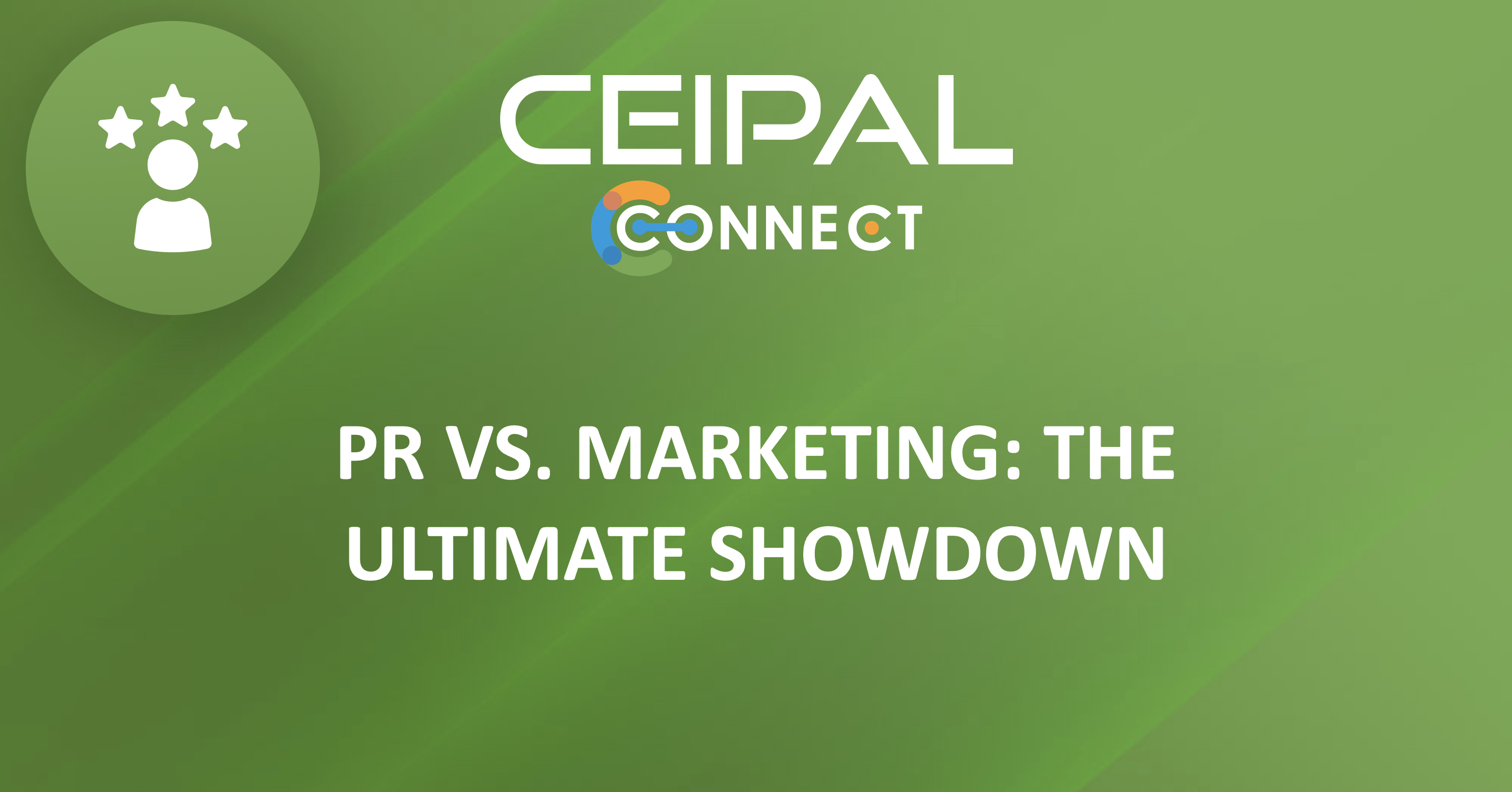PR versus Marketing: the two terms are often used interchangeably. But the reality is both PR and marketing are very important—and very different. Learn about each, and decide which is more important in this session.
Watch the Replay
Presenters: Larry Hemley (President & Founder, S.J.Hemley Marketing); Scott Montminy (Partner, MindLaunch Media)
PR and marketing. Both are vitally important to the success of a company. And yet, defining what differentiates one from the other is difficult, especially in staffing & recruitment.
In this session, Larry Hemley, a marketing guru with a specialty in the recruitment industry, and Scott Montminy, a renowned PR professional, debate which is more important—PR or Marketing—for helping companies achieve their profitability goals.
Target Audience vs. Broad Audience
One of the best ways to tell marketing apart from PR is the audience they target Marketing is direct to your target audience. This means that marketing allows for specific targeting based on your desired audience. Think about a LinkedIn campaign—you are able to specify who sees your advertisement based on job function, industry, location, job title, and more.
Every company differs in who they target. If you’re hoping to acquire new clients in a certain industry, or need to connect with decision-makers at prospective companies, marketing gives you the best tools for success.
PR, however, reaches a broad audience, not a targeted one. And a broad audience can have its own advantages. PR can reach across boundaries to connect with every stakeholder, building credibility across the industry. PR efforts create wide-reaching brand awareness. And most importantly, PR is always credible. People are more likely to trust the veracity of an article in, say, the New York Times, than they are an ad on LinkedIn.
In this light, it’s best to think of Marketing and PR as two different prongs of the same effort. Both functions target audiences. But whereas Marketing targets an audience that (ideally) results directly in a sale, PR reaches a broad audience that increases your company’s overall credibility.
ROI vs. Reputation
Another trade-off between marketing and PR is ROI. Marketing always produces clear, measurable ROI. Whether you’re using social media, lead generation tools, or your website, ROI can always be tracked with marketing efforts. Some examples of ROI metrics include:
- Social Media Likes, Clicks, Shares, Comments, & Follows
- Website Landing Pages, Form Fills
- Marketing Campaign Impressions, Form Fills
While PR cannot offer such a data-driven approach to lead generation, it can bolster your reputation in a way marketing cannot. Whereas marketing is transactional, PR improves the perception of your company in the mind of the customer. And, PR can contribute to your ROI, albeit indirectly. Publishing a thought leadership article in a publication read by decision-makers in your industry is a surefire way to warm leads for your business.
Direct in Speech vs. Authenticity
Because marketing is transactional, and your team can control who sees what, marketing is direct in speech. It can be used as a blunt force object to create relationships with prospective customers. Marketing can help show your audience that you:
- Understand their pain points
- Have expertise in the industry
- Generate results for similar clients
The problem with this blunt force approach is that your company sacrifices authenticity. After all, people are suspicious of false advertising. This is where PR is vitally important. PR is always credible in its speech. Its authentic approach to disseminating information on third party channels establishes your organization as a leader in the industry.
Clear Messaging vs. Thought Leadership
Clear messaging is a must-have when generating new leads. What does your company do? What services do you provide? In this regard, marketing is superior to PR. Because your team controls your marketing messages from start to finish, you are able to specify your key messages and communicate those effectively to clients.
In effective marketing collateral, you can answer questions like:
- What is your firm’s focus? How does that help top talent?
- How does your firm handle client satisfaction?
- Is your firm an expert in qualifying high value talent?
- Does your firm serve niche areas for potential clients?
PR cannot provide the same clarity & consistency of messaging across the board. That said, PR can elevate your messages by lending them credibility. Remember:
- PR is what positions your organization and its leaders as experts in the industry
- PR enables conversations beyond your product that augments investor relations and reputation
- PR elevates the conversation and increases your exposure to high-end clients
In this regard, PR extends your market reach in a way marketing cannot.
Collaborative Communication
Ultimately, Marketing and PR are two sides of the same coin. Both efforts help companies generate more leads and in turn close more sales. That said, it’s important to understand the differences between the two functions so that you can leverage their strengths more effectively.
In all cases, PR and Marketing should support the company’s key messaging statements and marketing goals. In fact, the two functions work best in tandem. A thought leadership article published by the PR team can then be leveraged in a digital marketing campaign, promoting the organization’s reputation to key clients.
This collaborative communication is the most effective way to leverage both functions to reach more people, start more conversations, and close more clients.











